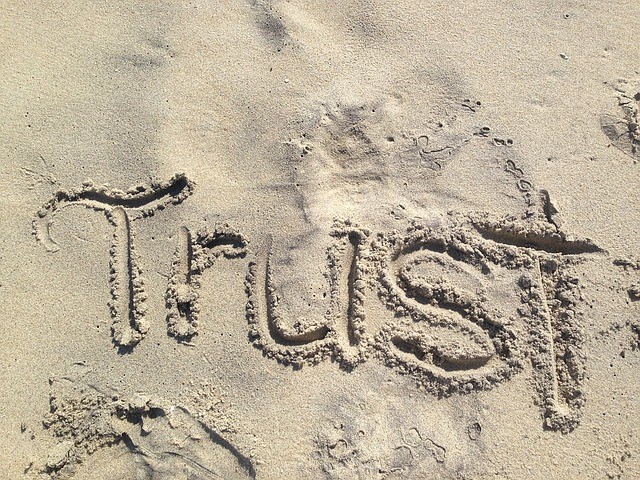The Economy of Trust

Did you ever think that you would be getting into a car with a complete stranger, lending money to people you have never met or letting a stranger sleep in your bed? This is now an every day part of our economy: the economy of trust or collaborative consumption. Technology has clearly made this possible, but what about its effects on society in general?
Collaborative consumption has always existed. It is simply a circulatory system whereby a consumer can purchase or obtain products or services direct from an interaction with another consumer or via a middle person or entity. This can be either temporary or permanent. What has allowed the explosion of collaborative consumption is digital technology.
It has fostered collaboration, fired up new insights into reputation and has taught us how to learn; how to build trust and safety, and feel safe to innovate new business. Our shared ‘ratings’ or ‘rankings’ for everyone to see is designed to make people feel safe when interacting with organisations or individuals. Building your reputation as an individual in the collaborative consumption market has empowered people to feel they have trust in your service or product.
In fact, economists are going as far to say that trust is responsible for the difference between the richest countries and the poorest.
Trust is what enables organisations to innovate and to carry out efficient business transactions. This trust, however, cannot be dictated. Instead, it has to be earned. It is very much part of an organisation’s culture and values and it is the responsibility of leaders to create this culture. There are strong links to high performing teams which foster long term trust amongst peers.
At Connectwell, our high performing team model is based on research and practice over the last 30 years. It breaks down the core components of high performing teams into tangible elements: the ‘Roots’ being the structure of a team, ‘Nourishment’ being the dynamic and behaviour of the team, and ‘Growth’ being the result and outcomes:

Although there are always constant threats on organisations from the outside, leaders need to provide a sense of safety which fosters trust amongst employees. You need an environment of trust and safety in order to be able to innovate and also to let people feel that if they fail, there is no fear of being excluded. I believe this helps create a growth mindset in an organisation. Being in an environment of trust encourages workers to be able to share ideas without fear of negative criticism or a colleague potentially stealing their ideas for their own progression. There will also be a more open willingness to share concerns that are important for the common good of the organisation.
Good leaders extend this circle of safety and trust beyond their Board and senior management to empower and engage their organisation to be able to move forward in achieving common goals. Without trust, we become paranoid and cynical, taking on a stance of self-interest and self-protection. Organisations that lack trust also tend not to be agile. Instead they tend to be cumbersome and often riddled with politics.
So, next time when you consider whether you have got what it takes to be able to get the most out of your employees, consider whether you are creating a ‘safe’ environment to enable positive engagement.
To understand more about how great leaders can make you feel safe, check out ‘Leaders Eat Last’ by Simon Sinek.
By Sumara Liau






